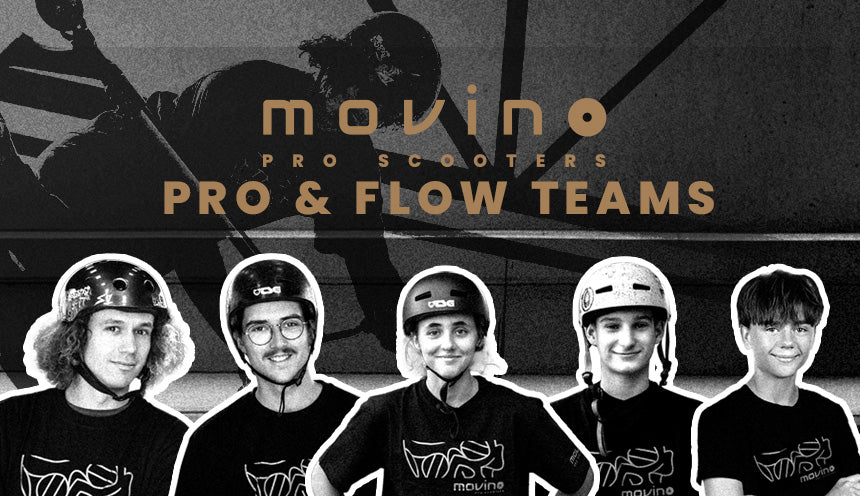How To Choose the Right Helmet for Your Child?
Safety First
During playtime, accidents can happen in the blink of an eye. To ensure your child’s safety while riding a bike, kids’ scooter, or skateboard, it’s crucial to make sure they wear a helmet every time. A child’s bike helmet is designed to keep them safe, so selecting the right one is a serious decision. How do you choose the perfect helmet for biking, skateboarding, or scootering? Let us guide you.

Size Matters
The most important factor when choosing a child’s helmet is getting the right size. It’s better to buy a less expensive but well-fitting helmet than an expensive one that’s the wrong size. A helmet that’s too small won’t adequately protect the entire skull—especially the back and forehead—and can cause uncomfortable pressure, discouraging children from wearing it. Conversely, a helmet that’s too loose won’t serve its purpose at all.
To find the right helmet size, measure your child’s head circumference before purchasing. This should be done at the widest part of the skull, around the forehead. The measurement will suggest the most suitable helmet size for your child. However, even with the correct size, you might find that the helmet is too big or too small.
How Long Will a Child’s Bike Helmet Last?
Some advice found online and elsewhere suggests buying a helmet that will last longer, perhaps a size larger than needed. This is misleading, as an oversized helmet won't provide proper protection. Additionally, it’s important to know that buying a helmet for your child isn’t just a short-term investment! A child’s skull doesn't grow as quickly as other bones, and a well-fitting helmet should comfortably last your child for about two years of use.
When considering a helmet with adjustable sizing, it’s best to choose a model with a range that allows for minor size adjustments later on. Therefore, for a head circumference of 49cm, a child’s bike helmet with an adjustment range of 45-52cm, like those available at Movino.com, is preferable over an XS size, which fits head circumferences of 49 and 50cm.
Explore our scooters for girls.
Features of an Optimal Helmet
What else should a child’s bike helmet feature? Here’s our advice.
Certification
A child’s bike helmet should primarily be safe. Certification in compliance with the European standard EN1078 ensures that the selected helmet is designed to protect against head injuries. Helmets that do not meet European standards are practically unsuitable for use.
Ventilation
A good child’s bike helmet should have ventilation holes. These help prevent the child’s head from sweating during play, minimising the risk of fainting in the heat or catching a cold in the wind. All helmets available at Movino.com have optimally placed ventilation holes.
Chin Strap
Every helmet for little ones should have a chin strap to prevent it from being lost, especially during falls. Adjusting the helmet to the child’s unique face shape is made easier with a strap length adjustment feature—all protective gear offered in our store includes this feature.
Design
When buying a child’s bike helmet, it’s also important to consider the child’s taste. A child might feel uncomfortable in a dull, grey helmet and may take it off at every opportunity. That’s why at Movino.com we offer bike helmets in universal, pastel colours—blue and pink.
Discover our modern scooters for boys.
A child’s bike helmet doesn’t need to be professional—what matters is that it fits well, meets safety standards, and is visually appealing. That’s exactly the kind of helmet you can purchase at Movino.com. Don’t worry—if our helmet doesn’t fit your child, you can return it hassle-free.
However, a helmet is just the beginning when it comes to ensuring your child’'s safety while riding a bike, scooter, or rollerblades. Essential gear should include protective pads for hands and legs, which prevent serious injuries in case of a fall. If you'’re interested in purchasing such protective equipment, look no further. On movino.com, you'll find:
* Bike and scooter pads,
* Rollerblade and skate pads,
* Kids' protective gear.



